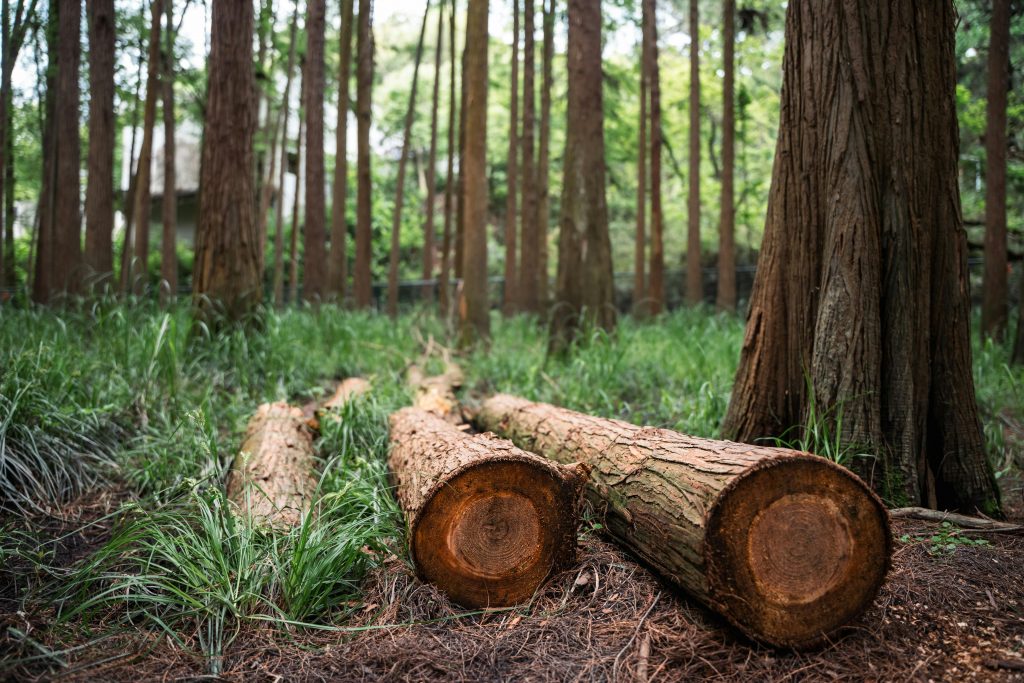
December 3, 2025

Tim Mavrič, assistant researcher at InnoRenew CoE; main area of research: cultural heritage preservation
Photo: Nina Grmovšek Seljak
I spent my childhood mostly in Ankaran and Hrvatini, where I still live today. Nevertheless, most of my life is linked to Koper.
During high school, it became evident that I have three strong points and passions: history, geography and biology. Despite those being my favourite subjects, I recieved much praise for my drawing skills, especially for my precision. That’s why I wanted to study architecture first, but I feared that I would fail the admission exams. I decided to stay within my “comfort zone”, and I went to study history in Koper. The decision turned out to be a good one since history was a very good base for my intellectual development; however, I was still missing that spatial-architectural aspect. I found it within my further studies of cultural heritage and art history. Thus, I came to architecture at the end but by “taking another way”.
My work up to now is quite similar to that of a historian – mainly, I work with literature and archival sources; sometimes I feel like a proper “archive mouse”. But my work, differently from that of a historian, is also linked to measuring, observing and documenting buildings that still stand. Besides spending lots of time in archives, I am also frequently in the field, and I find this quite exciting.
It depends on the period. There are certain days when I spend all day in front of a computer or a book. But there are also days when in the morning I visit the archive, or I go in the field with some electronic devices for measuring, scanning, etc.
Mainly the process of obtaining a clear story out of the unclear and mystified past, based on historical proof and sources. Even though we’ve been researching history for centuries, our past still hides plenty of unknown things and also deceiving information and half-mythic narratives that don’t add any clarity. With my work, I am able, in certain situations, to at least come closer to the facts as they have really been.
In this moment, surely, the conception of my PhD thesis and the research required for it. The more I dig into the topic, the more dimensions and aspects of this research get revealed and everything is becoming increasingly complex and extensive. The main challenge at the moment, therefore, is to find a way to limit the research and assessed thematic fields to a manageable format.
There are many. At the moment, the first person that comes to my mind is Maurice Halbwachs with his book “Collective Memory”. In my opinion, it is a very important contribution to the understanding of the importance that cultural heritage and the built environment have for society.
Oh! There are too many of them to choose just one. The arts that I enjoy the most are architecture, music, poetry and visual art. Music is surely the most present in my daily life, but I would like to point out a great work of visual art that let my jaw drop to the floor, really. It is the work of the Italian artist Giorgio Andreotta Calò, which was presented at the Venice Biennale in 2017. It has no title, just a subtitle: “La fine del mondo” (The End of the World).
The last book that I read, and was not linked to my PhD thesis, was “The Practice of Everyday Life” by the French philosopher Michel de Certeau. Currently, besides dark electronic music, I listen to Kate Bush a lot. Since I enjoy films mostly at festivals, the last film that I saw was called “Trenutek reke” (The Moment of the River), which was screened during the Kino Otok festival.
The beach “na Študentu” in Ankaran. I recommend it.
Good art, especially music. Sometimes certain vibrations really cause me goose bumps.
Searching for balance between opposites in all aspects.
Its warmth and pleasure during direct contact with the body, which of course is because it is an organic and natural material. Because of this, it is probably my favourite material in interiors and buildings.